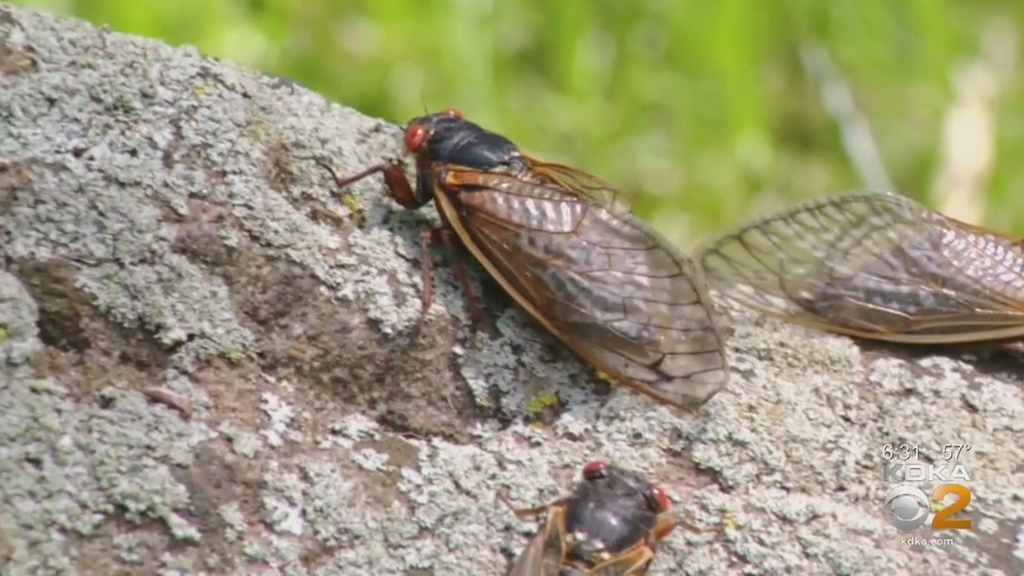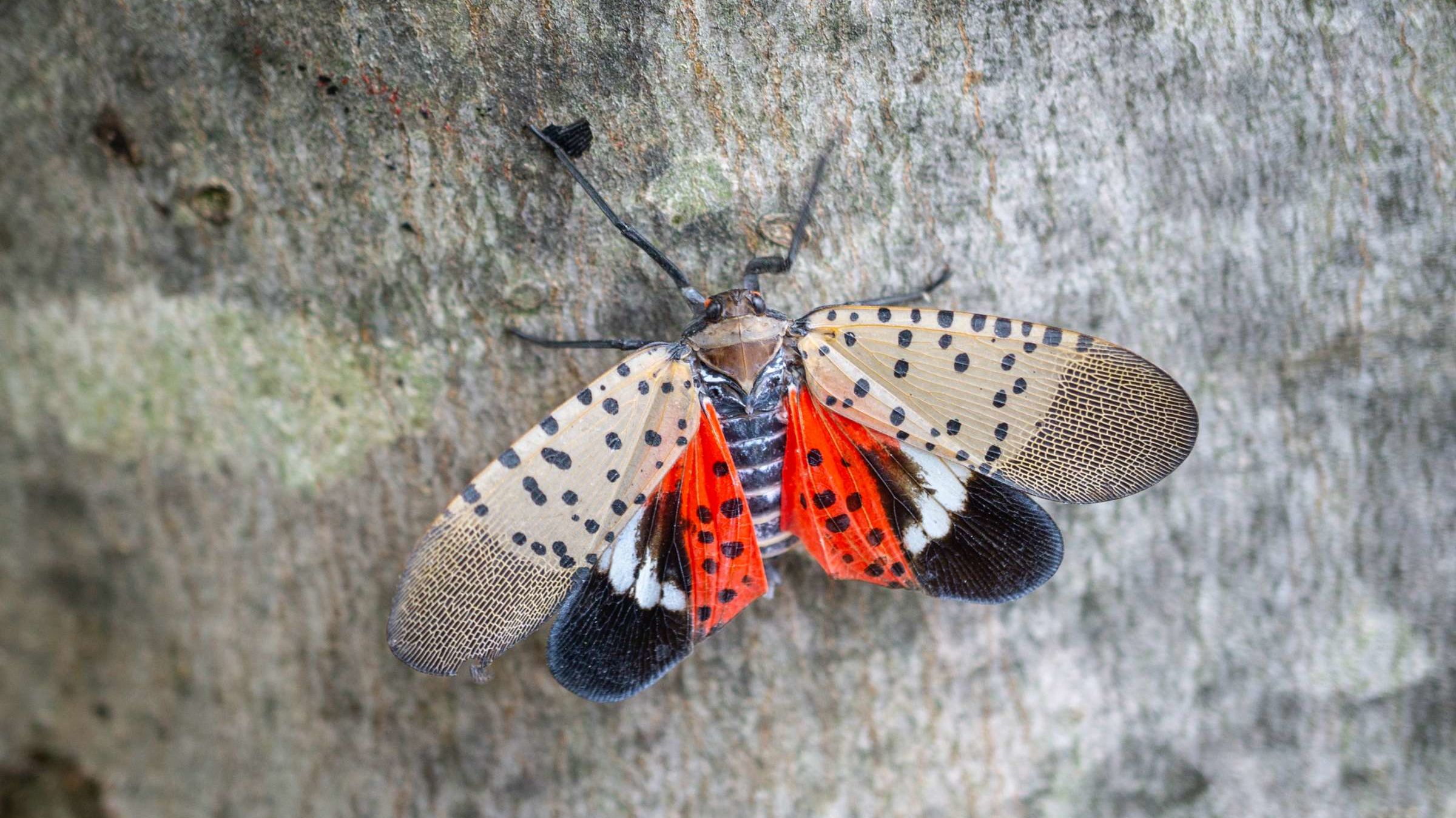Snowy Tree Cricket / Image courtesy of Woodland Dunes
The following article was written for the Ripples from the Dunes series on Woodland Dunes Nature Center and Preserve.
September is a month of great transition on the lakeshore. Great waves of biological activity were set in motion all around us. We are at the height of the migration of many animals, from birds and dragonflies to monarch butterflies. These movements have been going on since there were glaciers over the land nearby and represent the truly remarkable way these animals adapt to changes in their environment.
Even though they are now full of birds – adults and their recently hatched nestlings, our forests, meadows and scrubland can now be very quiet, with only low calling tones. The noisy mating songs of early summer are missing while the birds secretly make their way south. But if you listen carefully, the songs of the birds have been replaced by others – the songs of many singing insects.
Many species of insects start the year as eggs or nymphs or larvae of some kind. They grow in size and number in summer, reach maturity and gain their singing “voices” in early autumn. For me they are just as interesting to hear as birds are earlier in the year. And their songs serve the same purpose.
On warm days, grasshoppers scrape their hind legs together to make scratching or rattling noises. The large Carolina grasshoppers look almost like butterflies when they pounce into the air when approaching and rattle when flying. Other insects are calling in the background, but I don’t notice them until after dark.
Katydids look like large green grasshoppers and produce very loud, croaking calls of various kinds. Some sound almost like ducks croaking at night. The snow-covered tree crickets are smaller, but just as green. They emit a pleasant, gentle chirping – and, as cold-blooded animals, sing faster as the temperature rises. Counting the number of chirps for 13 seconds and adding 40 will give you the approximate temperature. The autumn crickets, the black crickets that wander into our homes at this time of the year and are said to bring good luck, make louder and sharper chirps.
Mole crickets are unusual creatures that burrow into the ground and produce an almost constant, monotonous trill. Their songs are interrupted by those of the ground crickets, whose trills are shorter and higher. These are supplemented at night by the call tones of the migrating songbirds that fly high above them.
The songs of the singing insects are available on the Internet for those who wish to learn them. Although a few are pests, insects are vital to our ecosystems, as they are to any other form of wildlife. We should be careful not to kill them for no reason, and we can count ourselves lucky if we can enjoy their orchestrations on warm autumn evenings.
Photo – a snow-covered tree cricket




/cloudfront-us-east-1.images.arcpublishing.com/advancelocal/TNBVKZMQTNBNVKDBOBVR43ULOI.jpg)




